There are many species of fish that dwell near the bottom of the sea, and their lives are often a mystery. From their feeding habits to their unexpected longevity, these fish interest marine lovers. In this article, we’ll focus on the rather ordinary reproduction strategies of demersal fish, discussing demersal and pelagic fish and comparing them to the strategy used by pelagic fish. Come with us as we explore this peculiar world of creatures that live on the ocean floor.
Content Table
Demersal Fish Definition
Demersal fish refers to a fish that resides and feeds at the base of water bodies, as opposed to pelagic fish, which dwell in the mid-water columns. This benthic zone where demersal fishes live and feed can be the mud, sands, or rocks of oceans, seas, or lakes.
Characteristics of Demersal Fish
- Body Shape: Most demersal fishes possess body postures that are in some way related to their benthic habit. Some have camouflaged flat shapes to secure them to the sea floor, while others come in torpedo-like shapes that allow them to speed away to catch their prey.
- Mouth Position: Most demersal fish have infra-focal mouth placement to pick on bottom-dwelling organisms or the bottom of the sea.
- Diet: Consumption varies with age, but generally feeds on worms, crustaceans, mollusks, and small trouts for the most part. Some demersal fish are also omnivores and thus feed on dead on the ocean floor.
- Lifespan: It measures how long each species on the face of the earth can survive, and in this case, their rates differ. Smaller types of demersal fish might have the ability to survive for only a few years, while some of the larger types of demersal fish might live for as many as several decades.
- Habitat: Affected demersal fish originate from coastal areas as well as from the continental shelf and upper slope regions.
Demersal Fish Species
Both freshwater and saltwater environments are home to a diverse range of demersal fish species. Here are a few examples:
- Freshwater Demersal Fish
- Catfish: Catfish is a popular sport fish known for its whisker-like barbels and bottom-feeding habits.
- Carp: Bottom-dwelling fish that feed on plants, invertebrates, and detritus.
- Sturgeon: Large, ancient fish that feed on invertebrates and small fish near the bottom of rivers and lakes.
- Saltwater Demersal Fish
- Cod: A commercially important fish that feeds on smaller fish and invertebrates on the seabed.
- Halibut: A large flatfish that lies on the seabed and feeds on other fish and crustaceans.
- Haddock: A smaller demersal fish that feeds on invertebrates and small fish.
- Flounder: Another flatfish that feeds on invertebrates and small fish on the seabed.
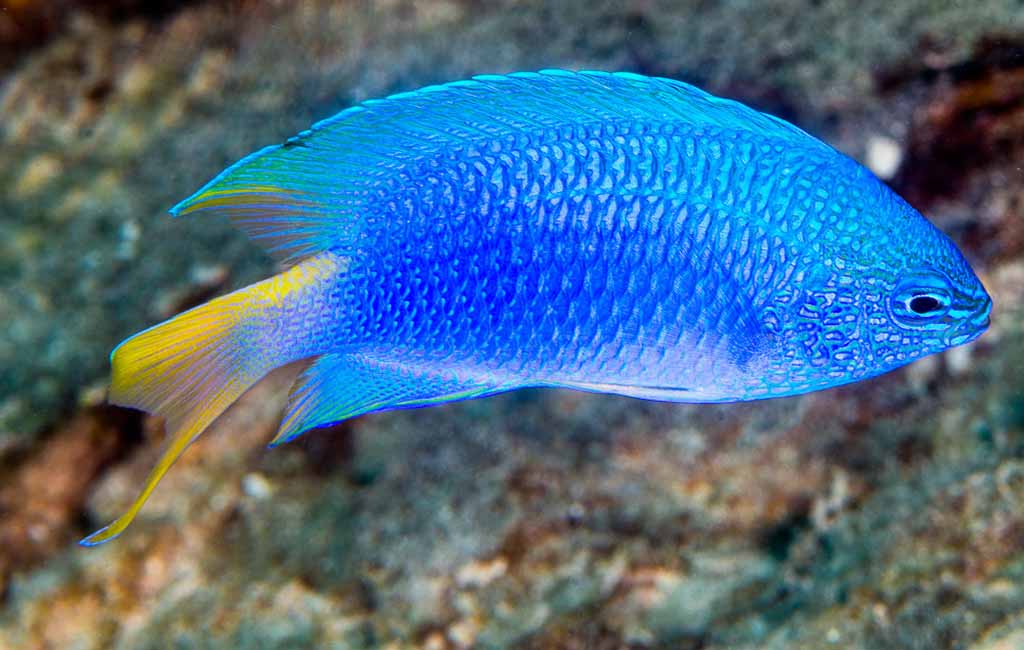
Demersal fish species
The Peculiarities of Demersal Fish
Demersal fish, those that dwell on or near the bottom of water bodies, possess several unique adaptations that set them apart from pelagic fish:
Physical Adaptations:
- Bottom-Dwelling Morphology: Most demersal fish have a laterally compressed body shape or other modifications, such as flaps that enable them to stand or swim along the sea bottom.
- Mouth Position: They usually have their mouths directed downwards so that they can capture benthic organisms feeding on the bottom end of seas and oceans.
- Camouflage: Some of the fish can change color and pattern, and those that do this are said to exhibit camouflage, such as flounder and halibut.
- Sedentary Lifestyle: The demersal fish are not very active as seen from their habits or nature of moving from one place to another, for most of the time they may stay still.
- Specialized Feeding: They have therefore developed various feeding methods that include filter feeding, to those of predators in the exploitation of resources in the sea bed.
- Sensory Adaptations: Of the demersal fishes, certain genera have possessed other appreciable sensory organs like the lateral line and barbels for feeling for and locating prey in these dimly lit conditions.
Examples of Peculiar Demersal Fish
- Flatfish: Some of these fish, for instance, flounder and halibut, have both their eyes located on one side of the head so they can see upward while they rest on the seabed.
- Stargazers: They have upward-facing eyes and mouths and are well adapted to launch surprise attacks directly on their prey from the sea surface.
- Deep-Sea Anglers: Some of these fish have a modification of a lure known as the escape that hangs just in front of the fish mouth to grab the attention of the prey, since it is in the depths of the sea at night.
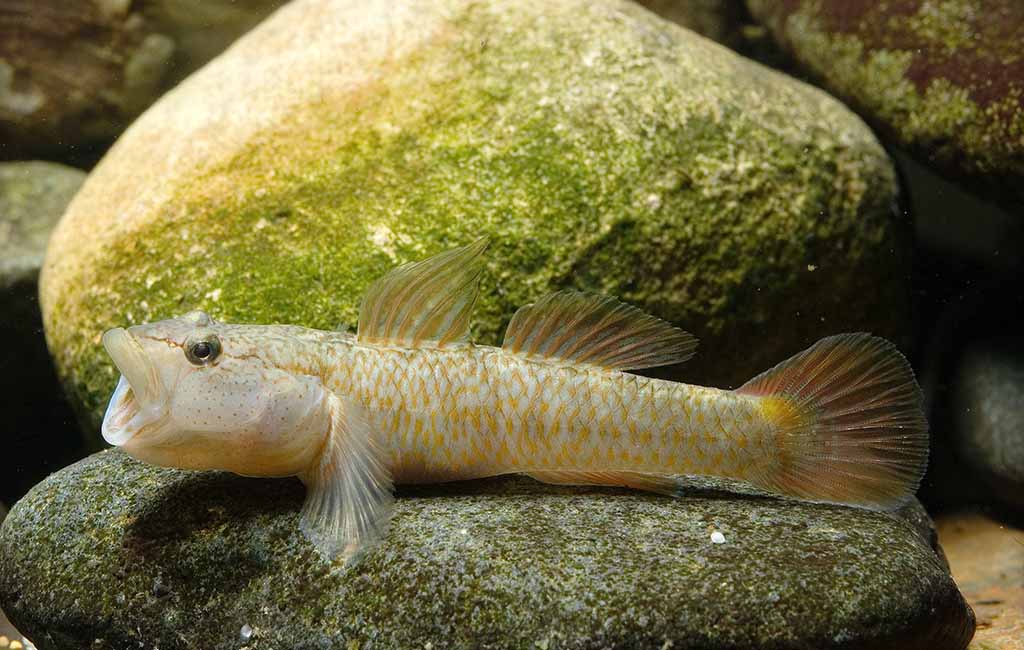
Demersal and pelagic fish
Difference Between Pelagic and Demersal Fish
Demersal and pelagic fish are two main categories of fish, distinguished by their habitat and behavior.
Pelagic Fish:
- Habitat: Live in the open water column, away from the seabed.
- Body Shape: Streamlined bodies for efficient swimming.
- Behavior: Often migratory and from large schools.
- Feeding: Feeds on plankton, smaller fish, and other organisms in the water column.
- Examples: Tuna, mackerel, herring, salmon, and marlin.
Demersal Fish:
- Habitat: Live on or near the seabed.
- Body Shape: Flattened bodies or specialized fins for resting or maneuvering on the seabed.
- Behavior: Less active and more sedentary.
- Feeding: Feeds on organisms on or near the seabed, such as worms, crustaceans, mollusks, and smaller fish.
- Examples: Cod, haddock, halibut, flounder, and catfish.
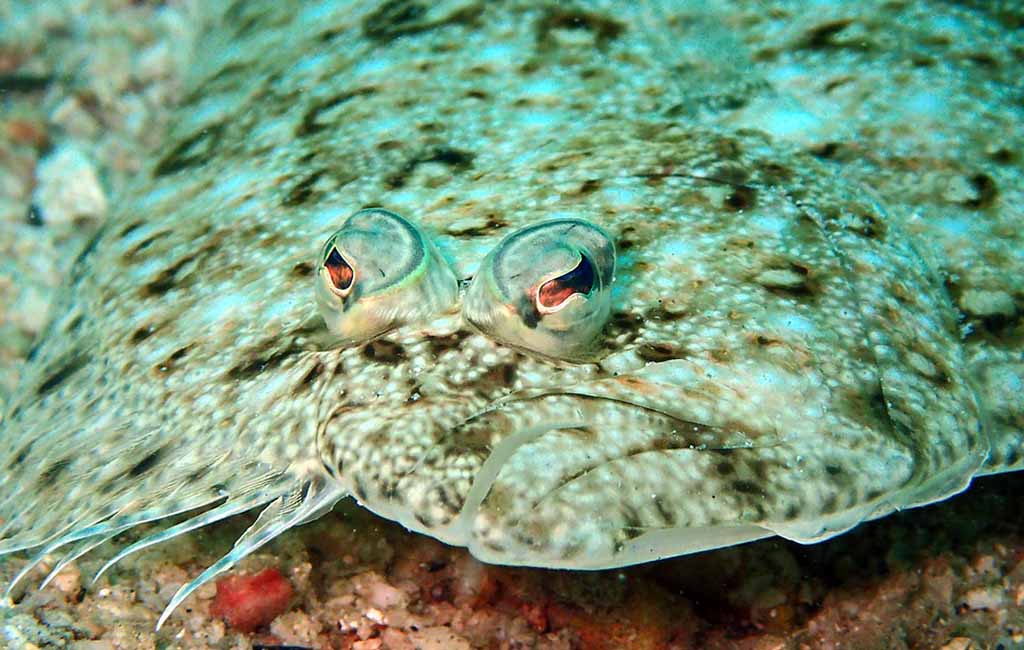
demersal fish
Peculiar Reproduction Methods of Demersal Fish
Demersal fish exhibit a diverse range of reproductive strategies, many of which are unique. Here are some of the more peculiar methods:
1. Broadcast Spawning
- Common Method: This is the most frequent method of fish sampling among demersal fishes.
- Process: Males and females let go of their gametes (sperm and eggs) in the water bodies free and floating.
- Peculiarity: It is a very primitive technique, but the survival ratio of the young ones is very low due to some predators and atmospheric conditions.
2. Nest Guarding
- Parental Care: Some of the demersal fish it includes may practice parental care, particularly some catfish and some cichlid fish.
- Process: Once the fish spawn, one or both of the adults tend to the eggs by fanning the water over the eggs to provide oxygen and to ward off predators.
- Peculiarity: Coral made this behavioral action relatively limited among fish species; however, the increase in the number of offspring has a higher rate of survival.
3. Internal Fertilization
- Direct Development: Internal fertilization is noted in some demersal fish, and examples may be pointed to sharks and rays.
- Process: The male deposits sperm directly into the female reproductive system.
- Peculiarity: It results in a smaller number of young ones, but these are more capable of surviving harsh environments. Some of the species, such as sharks, deliver live young, while others, like the skates or rays, lay eggs.
4. Mouthbrooding
- Oral Incubation: In this strange mouthbrooding of reproduction, the parent – the female usually – retains the eggs with sperm within the mouth until the eggs hatch.
- Process: The parent grips the eggs with its beak, and this keeps the eggs from being eaten by predators; besides, the eggs receive oxygen while inside the parent’s mouth.
- Peculiarity: Such behavior is observed in some species of cichlids and seahorses. They guarantee a high survival rate for the young ones.
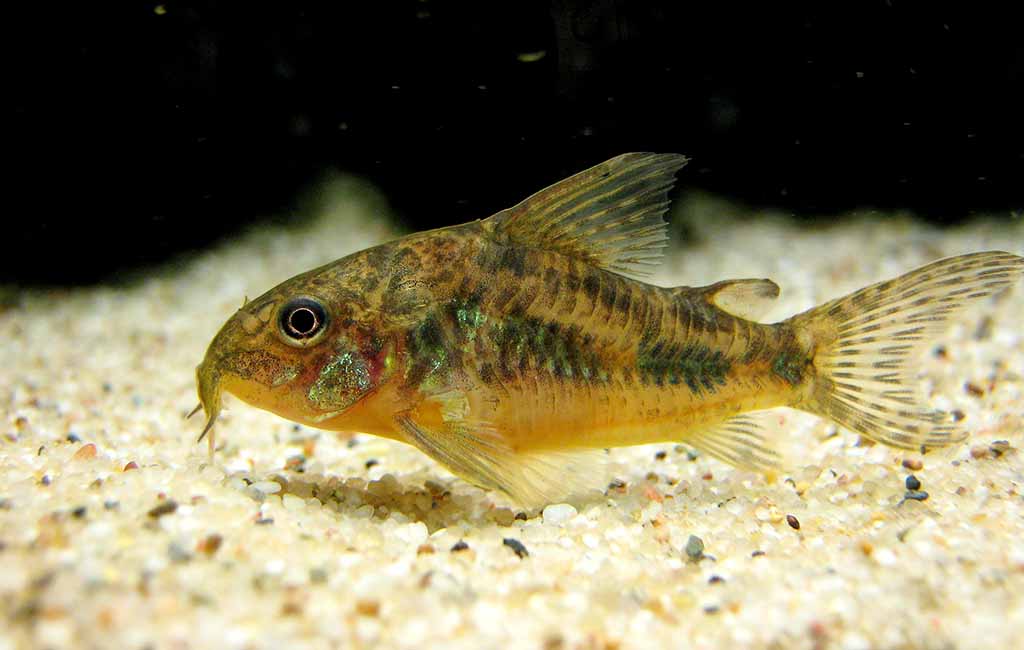
Peculiar Method of Fish Reproduction
Demersal Fish Facts and List
- Feeding Behavior: Most of these fish are bottom feeders, which means that they feed on whatever food they find on the sea or lake bed. While diet may range from consuming matter such as leftovers, dead tiny animals, or some plants.
- Reproductive Methods: A lot of demersal fish have special mannerisms for the completion of the reproductive process. These lay eggs on the bed or anchor them on objects on the sea bed before they hatch.
- Adaptations: Demersal fish live on or near the bottom. They are characterized by often flattened bodies, special fins that work like crawlers or walkers, and adaptations to sense their prey in dim light.
- Predator and Prey: These fish are positioned on the food pyramid as predators, especially for small fish, and were predated by bigger fish and other animals. There are also larger fish, species of marine mammal that prey on demersal fish.
List of 10 Notable Demersal Fish
| Flatfish (e.g., Flounder, Sole) | Gobies | Rockfish | Skates and Rays | Cusk Eels |
| Catfish (e.g., Channel Catfish) | Halibut | Scorpionfish | Sculpins | Hake |
Leaving a Lasting Impression
Therefore, this article demonstrates that demersal fish have unique and interesting ways of reproducing to guarantee their success in adverse conditions. Broadcast spawning and mouth brooding are two such strategies, and they illustrate the versatility and sturdiness of the species that inhabit the bottom of the ocean.
Apart from broadening our understanding of aquatic life, such knowledge of presented behaviors and features underlines the need for future generations to maintain ecosystems where these creatures live.
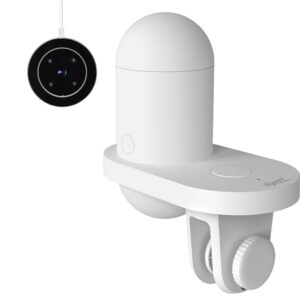
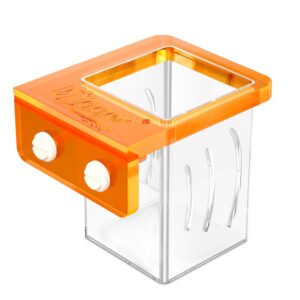
Leave a comment